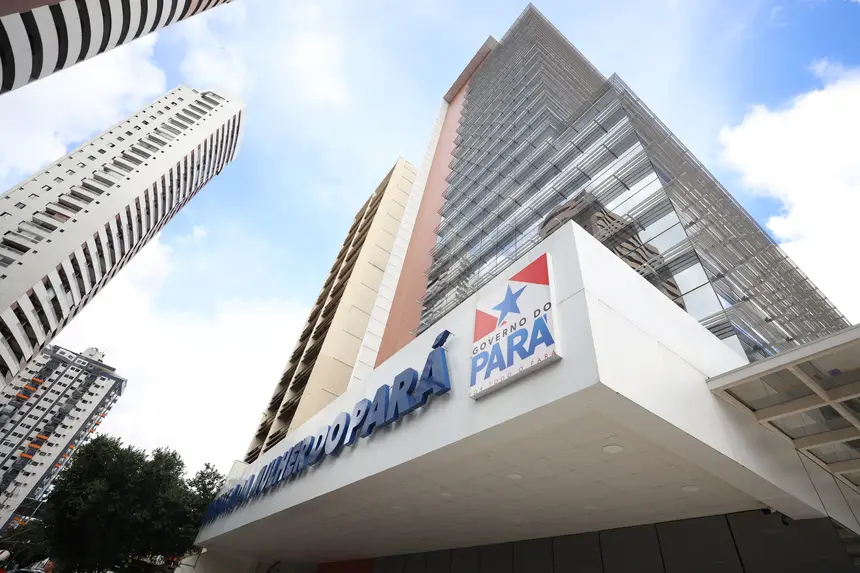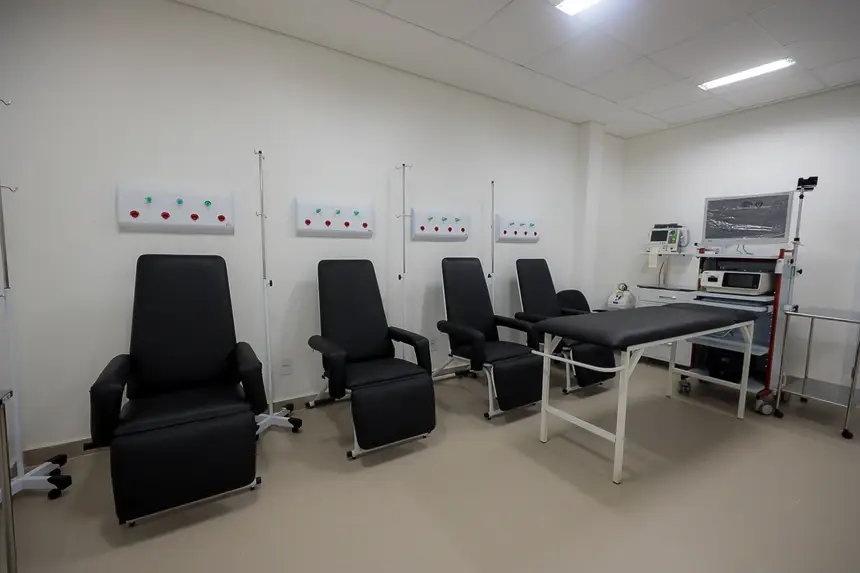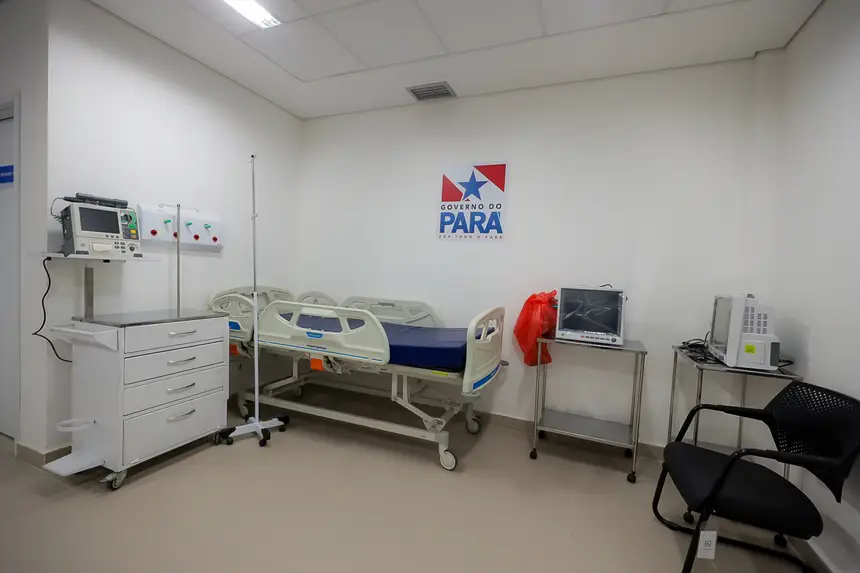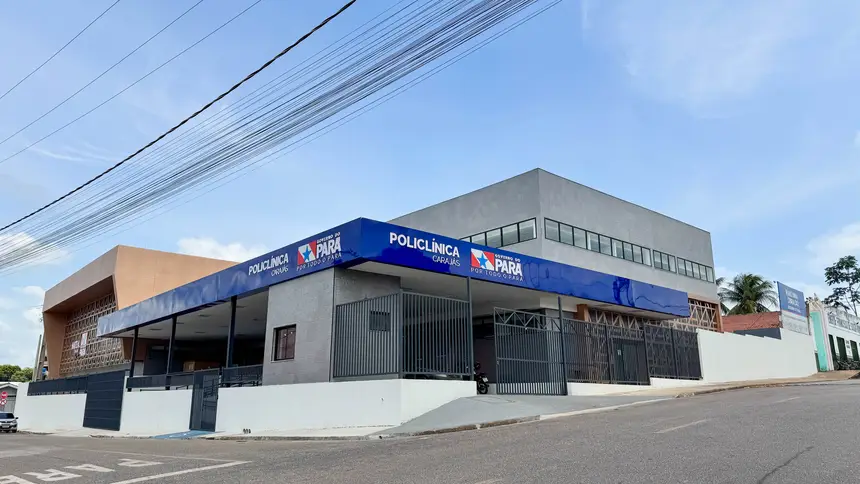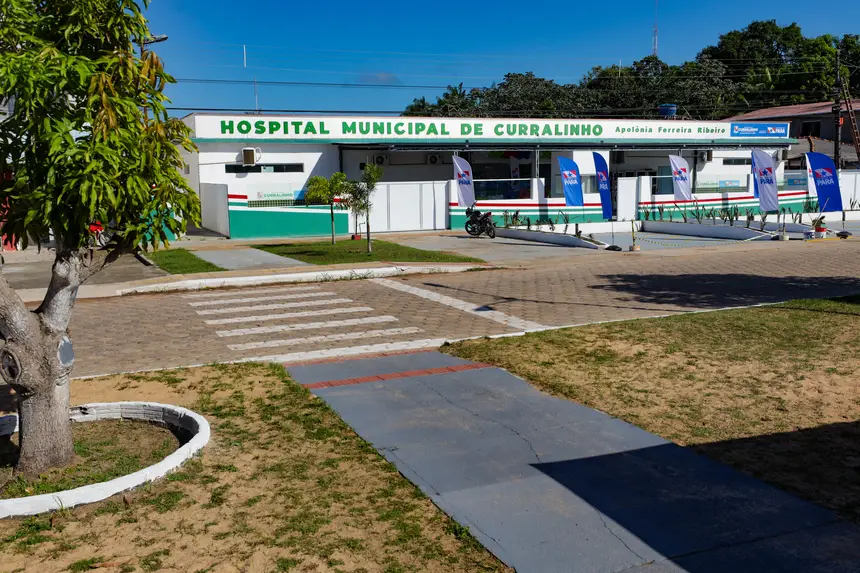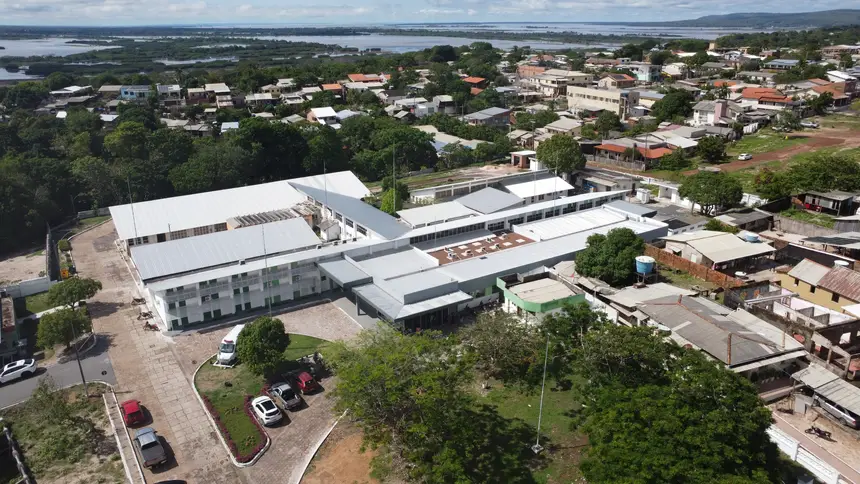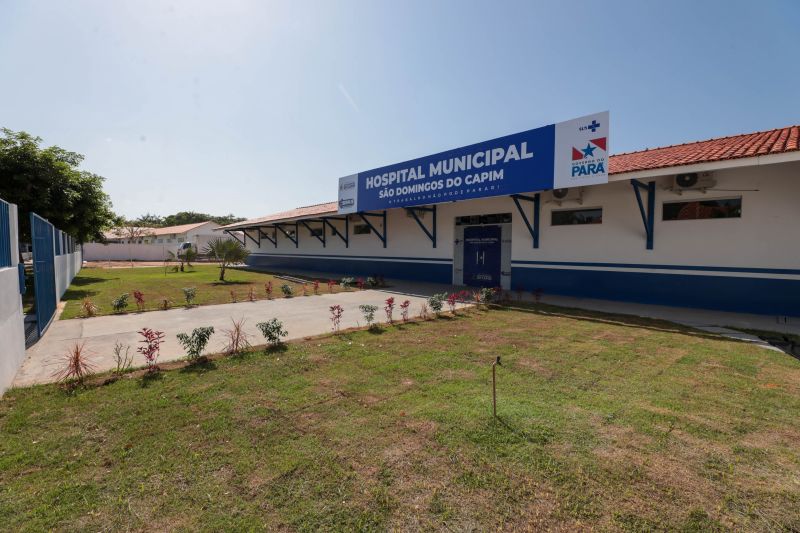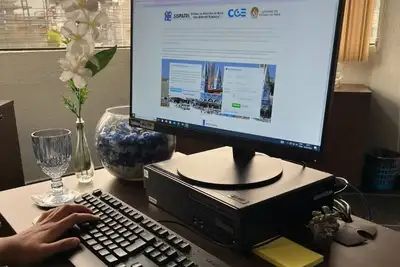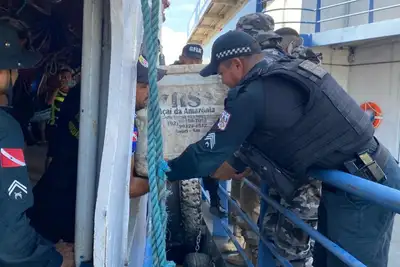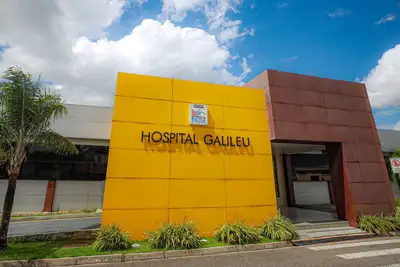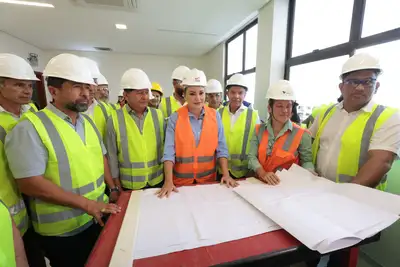Public health network of Pará experiences a new moment
With investments in over 40 health units, the State expands access and quality of care in all regions since 2019
On this August 5th, National Health Day, Pará has concrete reasons to celebrate. The date, which honors the doctor and sanitarian Oswaldo Cruz, is an opportunity to reflect on the importance of access to quality public health.
In the State, this access has been expanded through a transformation promoted by the Government of Pará, through the State Department of Public Health (Sespa), since 2019. More than 40 new structures, including hospitals, polyclinics, basic health units, and specialized centers, have been delivered in different regions, decentralizing and qualifying care in medium and high complexity.
“Public health in Pará is experiencing a new moment. We are decentralizing, expanding, and bringing access to the interior with responsibility and commitment to the people. The determination of Governor Helder Barbalho is clear: to care for people in a regionalized, modern, and humanized way,” said the State Secretary of Health, Ivete Vaz.
Deliveries in 2025 reinforce specialized and regionalized care
Two important deliveries marked the first half of 2025 and reinforce the regionalization of health in Pará. In March, the Hospital da Mulher do Pará (HMPA) was inaugurated in Belém, which became a reference in women's health care, with humanized reception and modern infrastructure, offering consultations, exams, and surgeries of medium and high complexity. It is also a state reference for the care of women victims of sexual and domestic violence. From March to August, the unit has already performed 19,734 outpatient consultations, 102,043 laboratory and imaging exams, 2,464 surgeries, and 2,071 hospital discharges.
One of the patients at HMPA, Rosa Silva, a resident of the Igarapé Grande community on the island of João Pilatos in Ananindeua, has been satisfied with the treatment received at the hospital since she underwent gallbladder surgery. “Now I am treating some complications caused by diabetes and I am receiving excellent care here,” she said.
Another patient at HMPA, Sandra Aleixo, is a fisherman in Maracanã and underwent surgery on July 31, after treatments in her hometown and in Castanhal. “Here the treatment was very expedited and the surgery freed me from much worse problems. The hospital is very well equipped and I feel very relieved to be well,” she said.
Marabá - In April, the Policlínica Carajás Miguel Chamon was delivered in Marabá, during the city's 112th anniversary, to serve not only the municipality but also 17 others in the Southeast region.
The unit has more than 30 medical specialties, high complexity exams, and low complexity surgical procedures. Between April and July, about 6,000 outpatient consultations were held in 25 specialties, 24,000 laboratory and imaging exams, totaling more than 30,000 general attendances, including multiprofessional care and the provision of hearing aids. The structure also houses the Natea – Autism Spectrum Disorder Care Center, with over 11,000 specialized attendances.
For residents of the region, like farmer Ana Paula, who came from Rondon do Pará in search of specialized care, the new structure represents care and welcome: “I came here for the first time today at the Policlínica. The service is wonderful, thank God. The space is wonderful too. May God bless and continue this team working wonderfully,” said Ana Paula, 28, after being seen by a urologist.
Municipal hospitals bring health to the interior of the State
The State Government, in partnership with municipalities, has also ensured significant advances in municipal health. Between 2019 and 2025, 18 municipal public hospitals have already been delivered, with over R$ 45 million in investments.
Among the municipalities benefited are Breu Branco, Anajás, Castelo dos Sonhos, Ourém, Jacundá, Bannach, Tucumã, Eldorado dos Carajás, Santana do Araguaia, São Domingos do Capim, Soure, Sapucaia, Cumaru do Norte, Vigia, Aveiro, Monte Alegre, Itupiranga, and Curralinho.
“These structures are fundamental to ensure that health care reaches the most distant municipalities, with quality, structure, and resolution. Our commitment is to continue advancing with this network that values the citizen where they are,” reinforced Ivete Vaz.
Santarém prepares for its first Regional Polyclinic
The largest city in western Pará, Santarém, is about to inaugurate the long-awaited Regional Polyclinic of Baixo Amazonas. With 90% of the works completed, the unit will have 2,000 m² of built area, 36 medical specialties, imaging exams (CT, MRI, X-ray), multiprofessional care, offices, laboratories, and the Natea.
For the population, the expectation is relief in the face of current difficulties with queues and travel to other cities. The self-employed Ana Maria, who takes care of her husband and depends on SUS, hopes that the new unit will reduce distances and costs. “I can't wait for the inauguration here in Santarém. The city has needed this for a long time. Some people have to travel to Belém to do exams, which is very expensive for those who can't afford it,” she reported.
Salesman Cleberson Ferreira, a resident of Prainha, believes that the polyclinic will democratize access. “We are eagerly waiting. It will improve our lives, society. Many people here cannot afford a private doctor. With this polyclinic, it will be easier to get care.”
Sewing worker Sebastiana Fonseca shares the same hope. “I have two exams since the beginning of the year that I still haven't been able to do. We schedule, but it takes time, or we have to go to another city. This polyclinic will help a lot of people, it will be good for everyone,” she highlighted.
For retired teacher Lucinda Bentes, 75, the arrival of a public structure with quality comparable to the private network is an advance. “The expectations with the arrival of a polyclinic here in Santarém are the best possible, considering that the ones here are from private networks. It is very good for us to have this option in the public network.”
University professor Anderson Lima reinforces the regional impact of the new unit. “The Polyclinic will serve not only Santarém but the entire western region of Pará. Today we have long queues and exams that are difficult to schedule. With this new structure, all of this can improve. And being next to the regional hospital will make it even easier for those already in care.”
The new Polyclinic in Santarém is part of the state plan for the expansion of the public health network, with delivery expected still in 2025, consolidating the decentralization of specialized care and expanding access to dignified health for all Pará residents.


